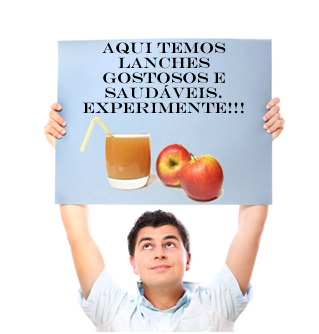Have you ever wondered how a drug is able to identify the ache in different parts of our body? When we have a headache, for example, we take a pain reliever and, after a while, the pain disappears, as if the medicine knew exactly where to act. Amazingly, the drug does not know exactly where it should act, but its components are capable of identify the place where the pain is being produced and make this unpleasant sensation be interrupted.
Although medications that stop pain are very widespread commercially, the ideal is that they are not used without knowing the real cause of pain. This is due to the fact that the pain indicates that something is wrong in our body and the use of these medications can mask the problem.
Read too: Difference between medicine and medicine
What is pain?
Before we can better understand the action of medications, we must first understand what pain is. Pain is often defined as a unpleasant sensory and emotional experience. It can have different intensities and is perceived differently by each person, being, therefore, a individual feel.

Pain can be classified into two basic groups: acute pain and chronic pain. Acute pain is pain that has a short duration, and chronic pain is pain that lasts for more than six months. Acute pain can occur when we have a heart attack or we cut ourselves with some object, for example. Chronic pain, in turn, can be experienced by people who have migraine or face the fight against the cancer.
It's important make sure that pain is a sign that something is not right in our body, therefore, when using medications that stop pain, we can mask a problem faced by the body. The ideal, therefore, is that we do not take medications without knowing what may be causing the pain and that we never do self-medication.We must always respect the recommendation of doctors.
Read too: What is natural doesn't hurt?
Do not stop now... There's more after the advertising ;)
How does the drug know where the pain is?
Medicines used to treat pain can be administered in different ways, such as intravenously, intramuscularly or orally. As most people take medication by mouth, we will use this form of administration to better understand the path that the medication takes in our body.
When we ingest a pain medication, it follows our digestive system, being absorbed mainly in the intestine. The components of this medicine then go into the bloodstream, where they will have access to different parts of our body, including the region where we are experiencing pain.

O active principle of the drug, that is, the substance that presents the therapeutic effect, acts in predetermined places in our body. This is because, in these places, there are specific receptors and the effect of the drug only occurs when the active ingredient binds to these receptors. After making the connection, the active principles trigger different responses in the body, such as the end of pain.
In general, the mechanism of action of analgesics (medicines used in cases of pain) is based on the inhibition of the synthesis of so-called prostaglandins, chemical mediators that are responsible for pain. Prostaglandins are usually produced in places where there is infection or tissue damage. As the drug is circulating through the bloodstream, upon reaching these sites, it acts to prevent the continued release of this substance, thus eliminating the pain.
By Vanessa Sardinha dos Santos
Biology teacher
Would you like to reference this text in a school or academic work? Look:
SANTOS, Vanessa Sardinha dos. "How does the drug know where the pain is?"; Brazil School. Available in: https://brasilescola.uol.com.br/saude-na-escola/como-o-medicamento-sabe-onde-esta-a-dor.htm. Accessed on June 27, 2021.



